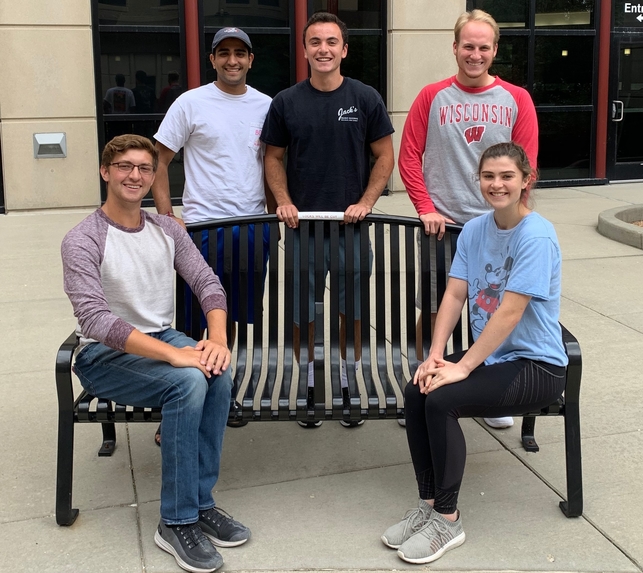Development of a simulator model to teach Laparoscopic Hernia repair
This project has been secured to protect intellectual property.
Login for More InformationProject Overview
Abdominal hernias are among the most common operations performed by general surgeons. Minimally invasive techniques reduce recovery time and patient discomfort. However, there is a large learning curve for assistant surgical residents to learn laparoscopic inguinal (groin) hernia repair and there are very few accurate simulator models to help residents master the surgery. The goal of this project is to create a low-cost, reproducible simulation for laparoscopic inguinal hernia repair. This condition mostly affects men, and therefore we will be modeling the surgery off of a male patient. The materials should simulate the mechanical properties of human tissues and muscles, and have the necessary anatomical landmarks to give a realistic simulation of the procedure. The mechanical properties of the abdominal wall will be tested by using the Modulus of Elasticity and comparing it to that of the materials being used. The standard steps of hernia repair should be able to be reproduced in a dry lab setting. The necessary skills include laparoscopic cutting, tissue dissection, mesh placement and suturing should be replicated.
Image

Contact Information
Team Members
- Jack Stamer - Team Leader
- Naman Patel - Communicator
- Jacob Schmidt - BSAC
- Cole Darling - BWIG
- Stephanie Silin - BPAG
Advisor and Client
- Prof. Randolph Ashton - Advisor
- Dr. Amber Shada - Client
